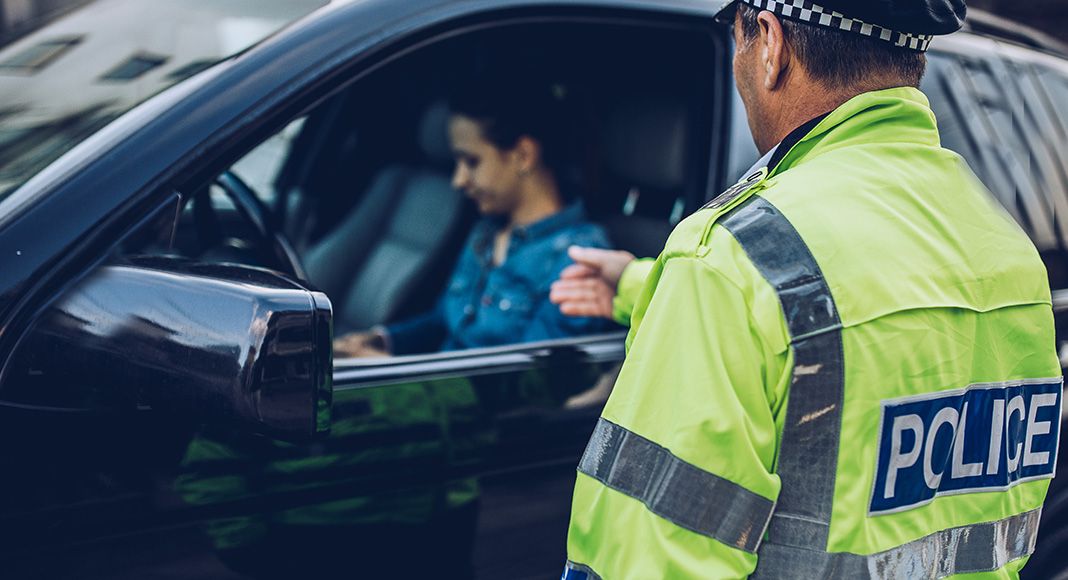Governments in Europe are being urged to increase the number of drink-driving enforcement checks, and simplify procedures for carrying them out, as new figures showed the percentage of drivers who are over the limit has returned to pre-pandemic levels in many European countries.
According to the European Transport Safety Council (ETSC) at least 4,000 deaths could be prevented in the European Union annually if drink-driving was eliminated.
Data analysed by ETSC has shown the number of checks declined significantly in many countries during the coronavirus pandemic. While some are now increasing the number of checks again, the safety council said it is not happening fast enough with the percentage of drivers found to be over the limit back to pre-pandemic level in many countries.
As well as increasing and monitoring the number of drink-driving checks, ETSC is calling on governments to ensure that tests can always be carried out randomly and without the requirement that police first suspect drink-driving has occurred.
The road safety campaign organisation is also calling for all countries to follow the model in Norway where so-called ‚Äėevidential‚Äô breathalysers can be used by police at the roadside.¬† Many countries still require follow-up blood tests at a police station or hospital, which drain police and medical resources and leads to many fewer enforcement checks being carried out, according to the ETSC.
‚ÄúNow that the Covid lockdowns are behind us, we hoped that higher levels of traffic safety would remain,‚ÄĚ said Antonio Avenoso, Executive Director of the European Transport Safety Council. ‚ÄúBut the opposite is happening, road deaths are increasing, and drink-driving deaths are also up.
‚ÄúReducing drink-driving is not difficult or complicated.¬† Tried and tested methods of enforcement work wonders, but you have to put police resources into it.¬† It‚Äôs also really important to stop wasting precious police time on follow-up blood tests when the technology is already there to provide highly accurate, evidential breath tests at the roadside.‚ÄĚ



















